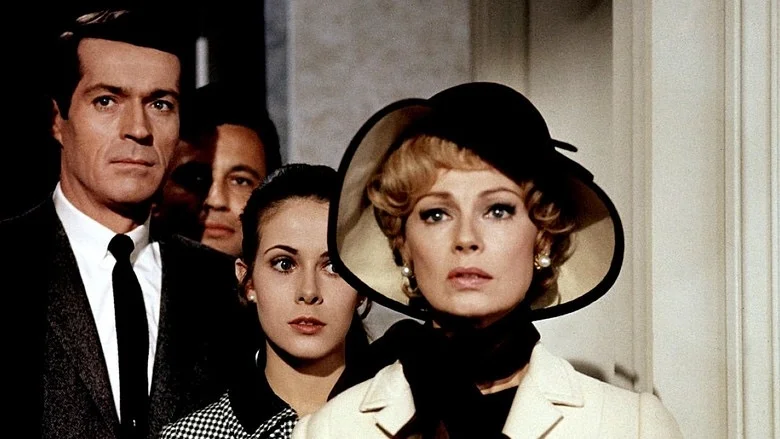Beginner’s Guide to Alfred Hitchcock: Number 17 (1932)
One of the cool things about writing this column is that I get to discover some of Hitchcock’s lesser known films. I started writing about his classics and popular films, and now I’m looking back at some more obscure films. While I’ve enjoyed some films like The Ring and Young and Innocent, I’ve come to realize that some of these films are forgotten for a reason. Case in point: Number 17, Hitchcock’s 1932 thriller parody. Based on the play of the same name by J. Jefferson Farjeon, Hitchcock was forced to make this film after the failure of his previous film Rich and Strange (also called East of Shanghai) in 1931. It clearly shows, because Number 17 is a supremely dull effort and a failure at being a parody or a thriller at all.
Det. Barton (John Stuart) is searching for a stolen necklace at house Number 17. He finds a mysterious person calling himself Ben (Leon M. Lion), who has discovered a dead body. Ben claims that he did not kill this person. A gun and handcuffs are found. A girl, Miss Ackroyd (Ann Casson) falls through the roof. At 12:30 am, the body disappears and three other people including a deaf and mute woman Nora (Anne Grey), Mr. Ackroyd (Henry Caine), and a mysterious third person enter the house. How all these people relate to the stolen necklace and where the body went forms the central mystery in Number 17.
This film is streaming on FilmStruck, which describes it as lighthearted parody. And yes, there are moments in this film that are quite absurd and ridiculous. But the film also dabbles in gothic suspense and presents itself as a thriller with varied players all in one location. Hitchcock doesn’t quite balance these conflicting tones as elegantly as he would in later films. The film is uneven and often uninteresting, despite an intriguing premise. At times, it looks like Hitchcock could turn the film into a crackerjack thriller/satire but mostly the film is laborious. Number 17 runs only 64 minutes but does not hold interest for that long.
Even the bad Hitchcock films usually have some redeeming factor. In this film, it’s the climax which features a high speed chase between a train and a bus. The film uses miniature models quite well and imaginatively, and Hitchcock’s direction of this chase is thrilling. This sequence was well-executed on an objective, technical level. But the emotional or thematic stakes are non-existent. Despite featuring a handful of a solid actors, the supposedly colorful characters all fall flat. The story itself is virtually incomprehensible; I struggled to summarize it above because I still don’t really know what happened.
Number 17 was made during Hitchcock’s low period between his breakout silent feature The Lodger: Story of the London Fog (1927) and the classic The Man Who Knew Too Much (1934). Number 17 was a financial flop, and received mixed to negative reviews. Most people just could not understand it, despite finding it funny in parts. Francois Truffaut told Hitchcock he could not piece together the story, and Hitchcock called the film a disaster and a cheap melodrama. I was looking forward to Number 17 based on the summary from FilmStruck. But it’s a movie best forgotten, and one that isn’t even bad in an interesting or ironic way.














